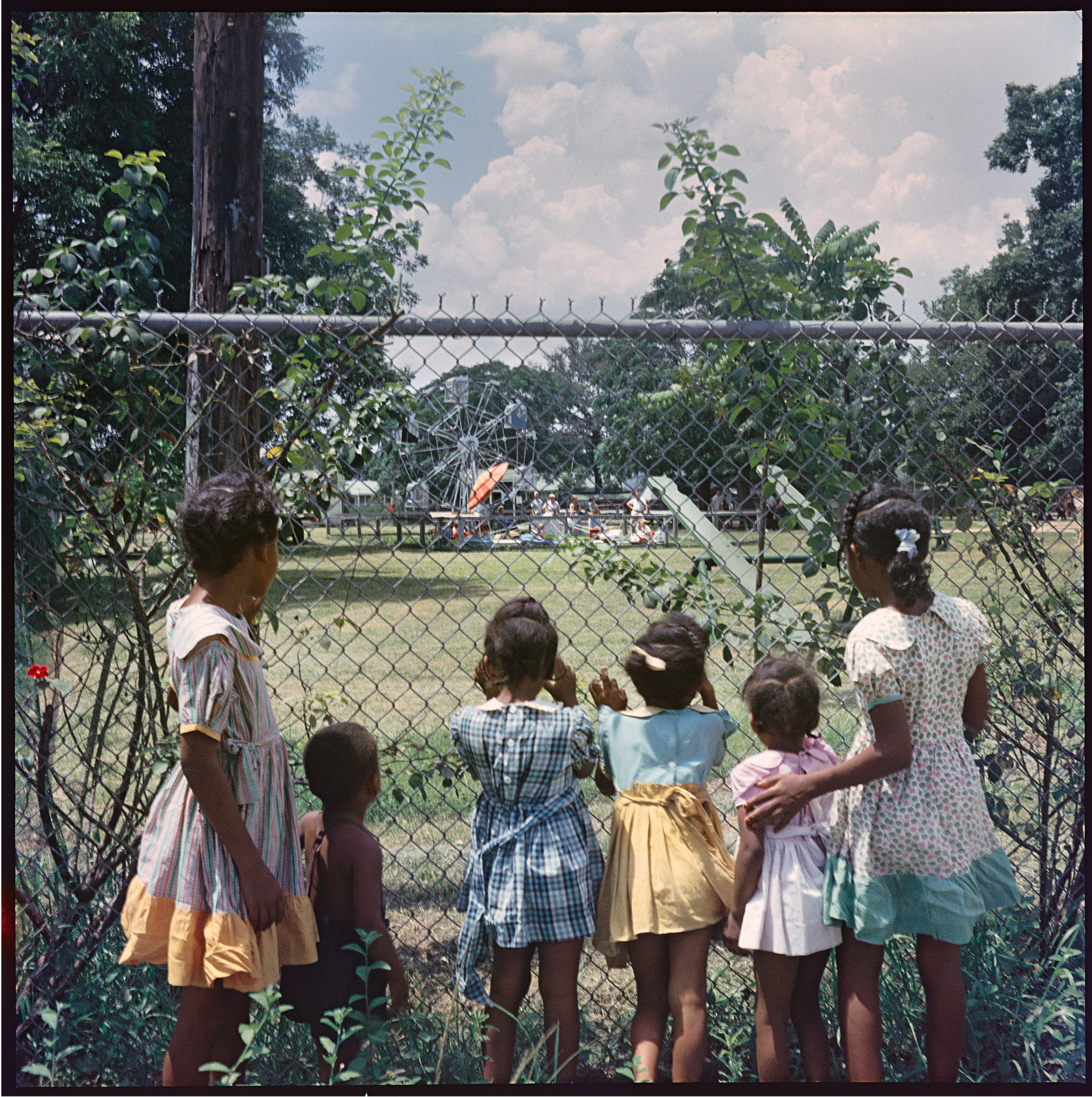
Martin Luther King Jr.’s assassination was just one of the “apocalyptic events” of 1968, as TIME would later put it in a special report on the significance of the year, published for its 20th anniversary. The magazine compared the events of that year to a “knife blade,” that “severed past from future.”
The photographs of that era have always held a special place in the history of civil rights in the United States, and as the 50th anniversary of King’s assassination approaches, the power of those images is as apparent as ever. Opening at The High Museum in Atlanta on Saturday, a new exhibition of civil rights photography features more than 40 prints of the leader’s disciples and the people he fought for. For example, the work of Doris Derby, a photographer and Student Nonviolent Coordinating Committee (SNCC) participant, sheds light on the “unsung and overlooked women,” as the museum phrases it, who followed in his footsteps even when it meant putting their lives in danger. The show features a mix of the museum’s permanent collection and new acquisitions, starting with the images that helped draw national attention to King — such as Charles Moore’s photo of King’s arrest outside the Montgomery, Ala., courthouse on Sept. 3, 1958 — to an image of Coretta Scott King leading the March in Memphis just four days after MLK’s death, taken by Burk Uzzle of the Magnum Photos cooperative. The show also features images of modern-day adaptations of his signature nonviolent demonstrations, showcasing photos of the 50th anniversary commemoration of the march in Selma, Ala., as well as Black Lives Matter protests in Atlanta, Baltimore and Ferguson, Mo.
Photographs from the civil-rights movement helped expose the cruelty of segregation and discrimination to the wider world, but as made clear by the story behind one of the photos in the exhibition, the power of those images could hurt, too. Even as photography helped to make change on a national level, the people who appeared in those images could be harmed on an individual level as a result of opening up their lives to that exposure.
Gordon Parks’ 1956 photograph “Outside Looking In, Mobile, Alabama” — the first slide in the gallery above — shows a group of black children peering through a fence guarding a whites-only playground. It was part of a LIFE magazine photo essay titled “The Restraints: Open and Hidden,” for which he shadowed sharecropper Albert Thornton’s family and showcased their experience with segregation. The children in the photograph, the story explained, “do not grasp the logic” of not being allowed to enter the “wonderful place from which they are being deliberately excluded,” just on the other side of the fence.
“Although the Thorntons are thoughtful and, in private, articulate, they do not make many direct statements about segregation,” the article said. “This is because they fear yet another restraint — the constant fear of publicly speaking their minds.”
Unfortunately, their fear was proved to be founded. After the photos came out, Thornton’s daughter Allie Lee Causey and her family were forced to leave their jobs and home in Choctaw County after facing white intimidation. As LIFE acknowledged later that year, the editors had wanted to “explain one of the most controversial social problems before the United States today” but had not anticipated “subsequent developments.” (The magazine helped them relocate to an unnamed location of their choice.) Parks, who was black, later wrote that the mayor had noted that the townspeople would have “tarred and feathered [Parks] and set him to fire” if they had seen him there after the story was published.
Causey’s nephew Michael Wilson told AL.com in 2015 that that LIFE photo essay “totally changed their way of life and they lost everything, basically. But I think from that … people saw how people are being treated. So from that sense, it did what it was supposed to do.”
A Fire That No Water Could Put Out: Civil Rights Photography runs through May 27, 2018.
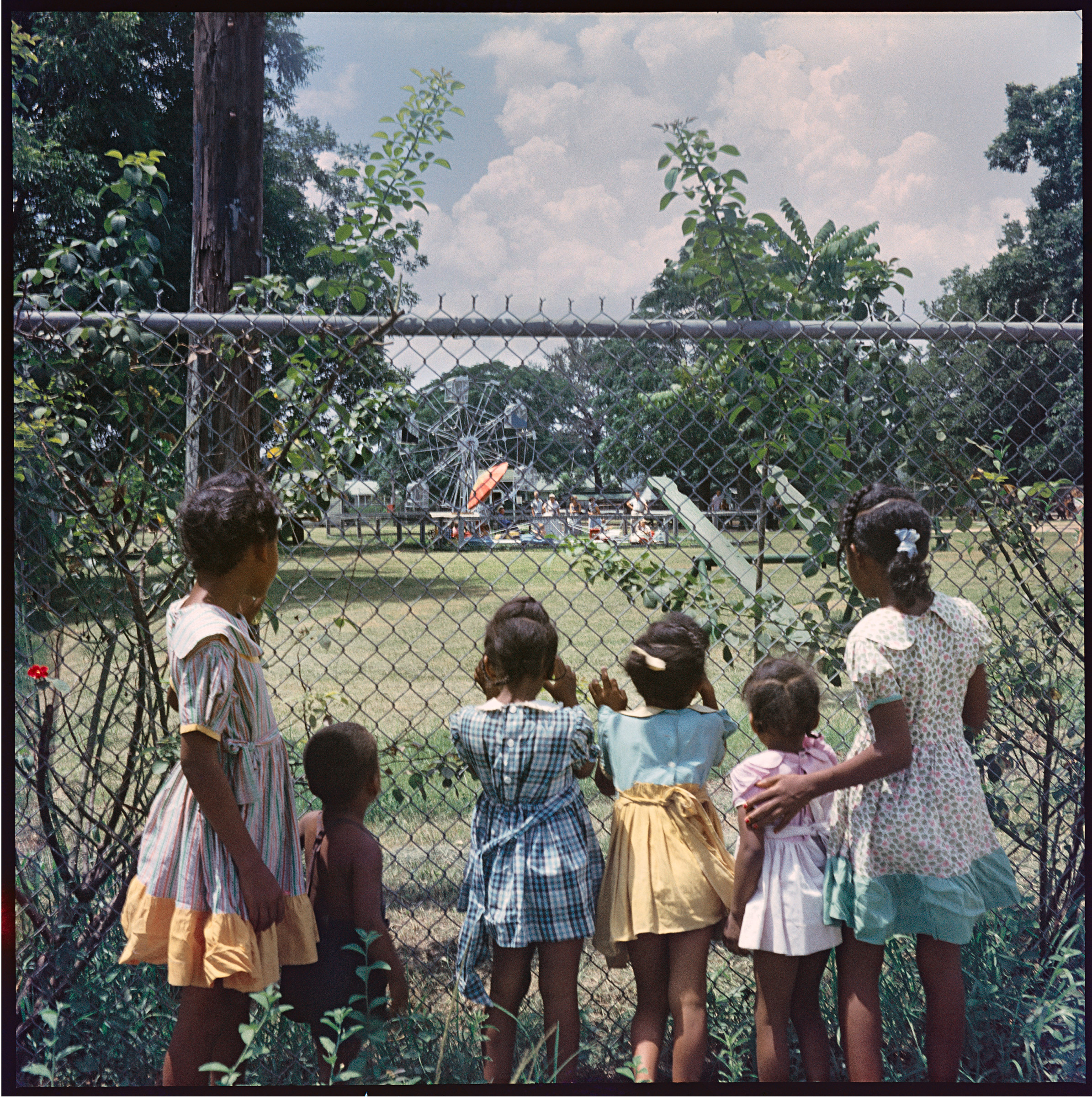

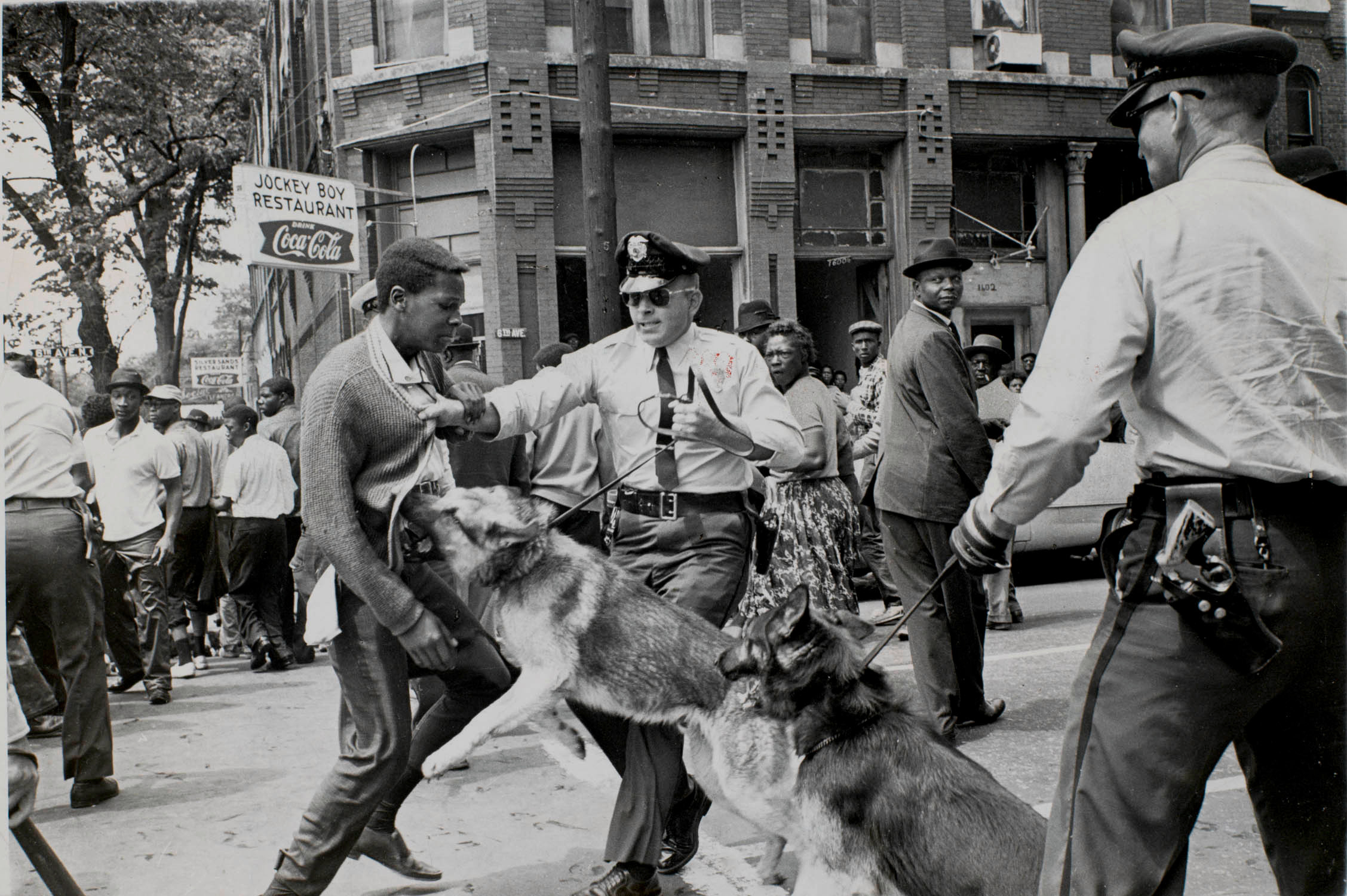
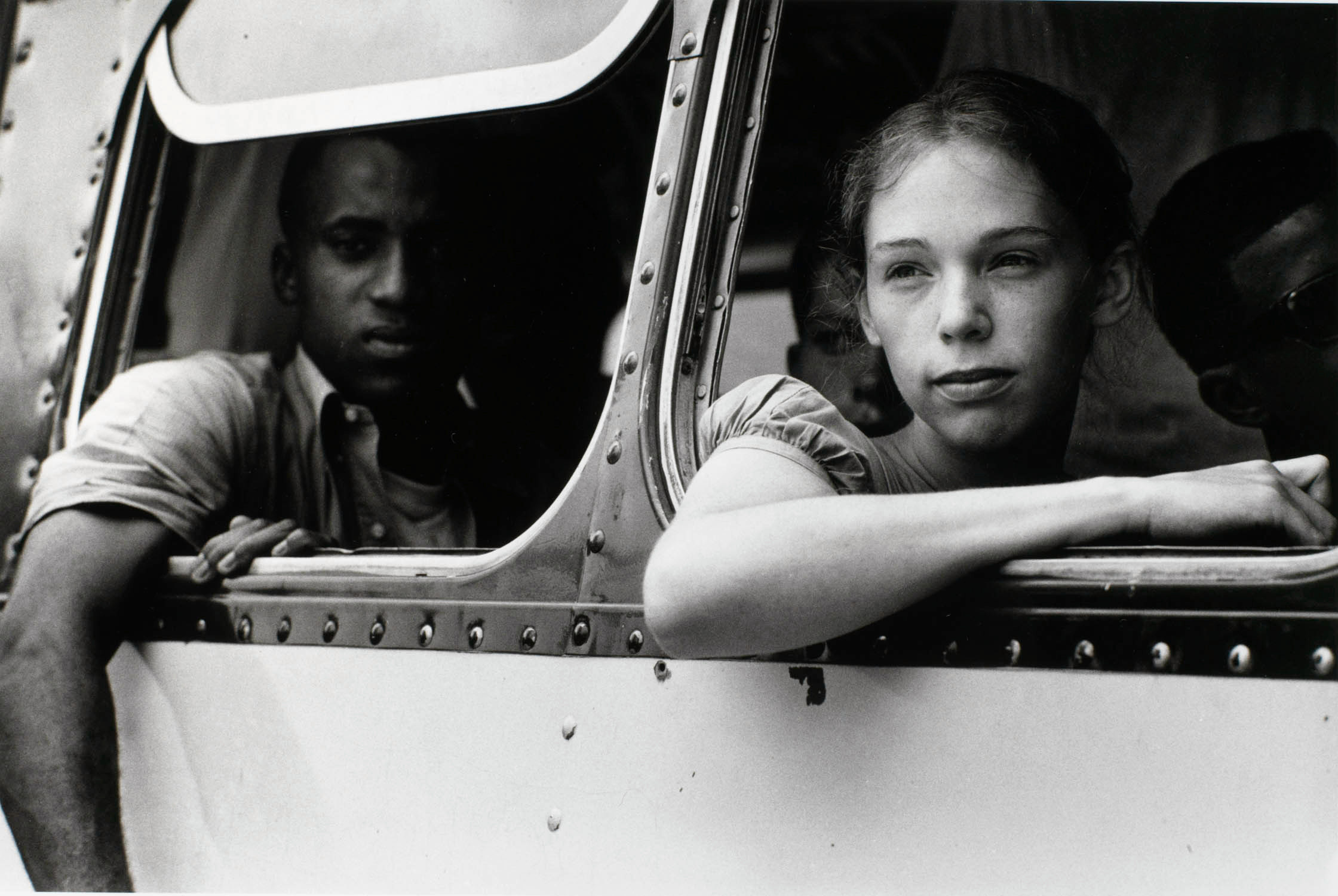
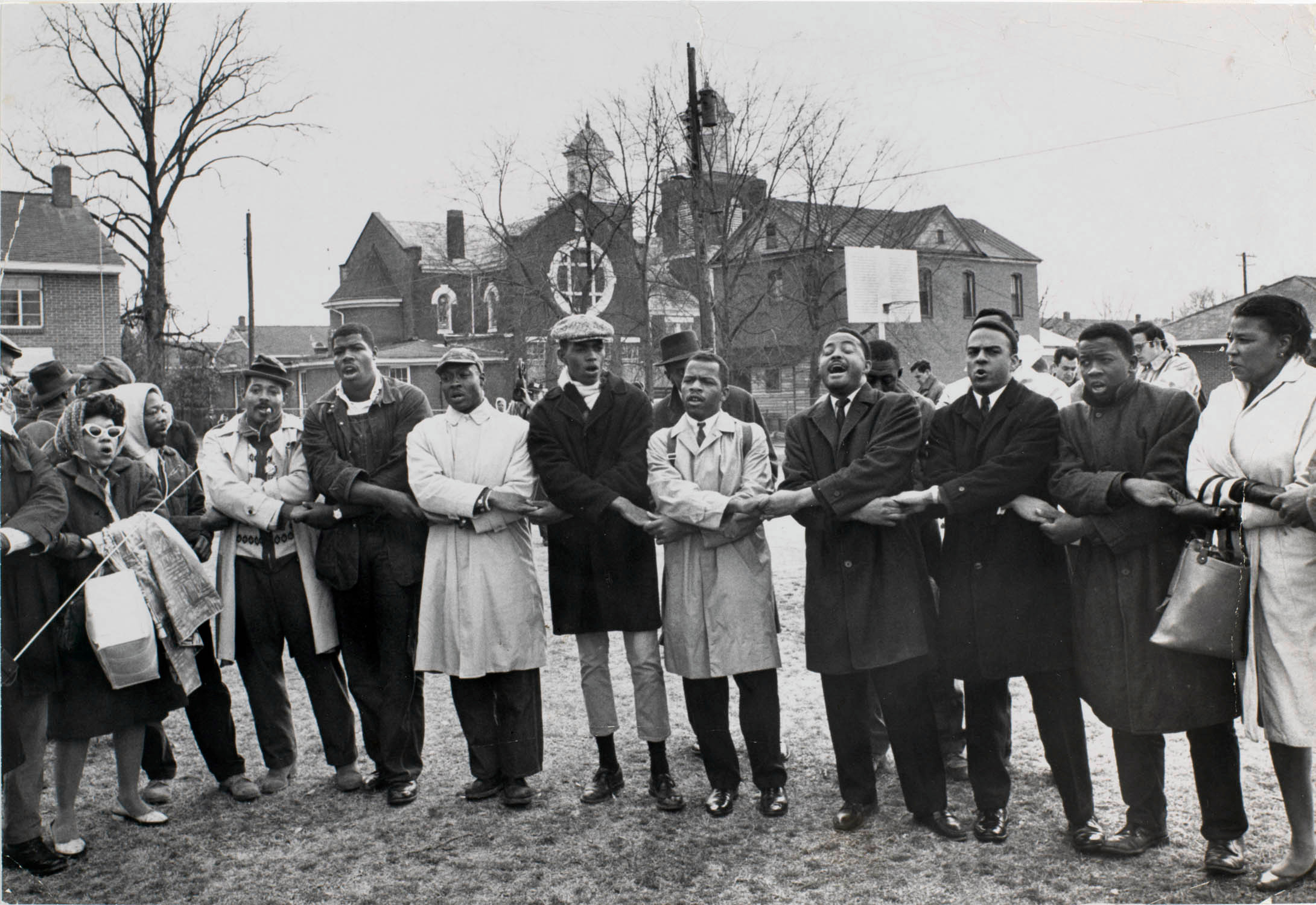
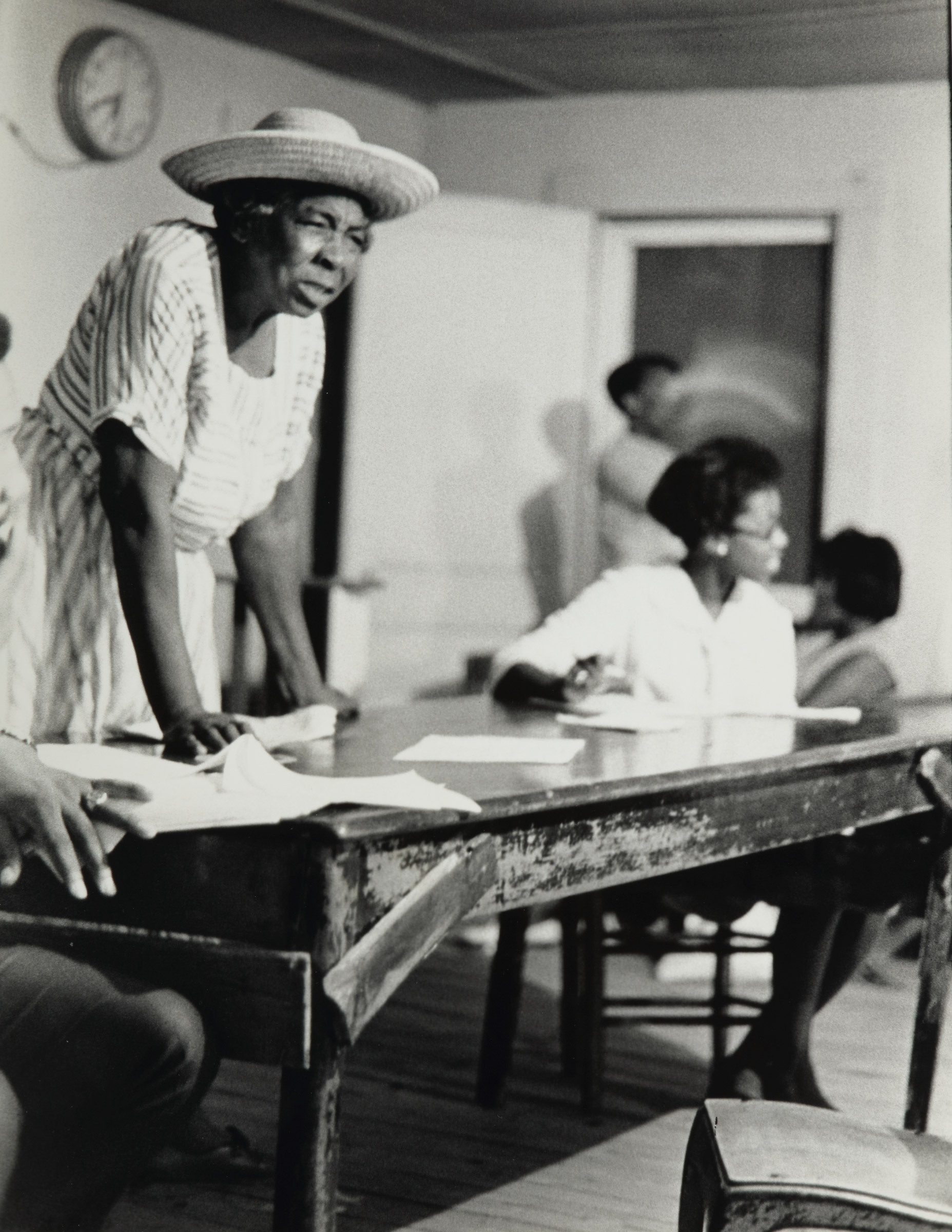

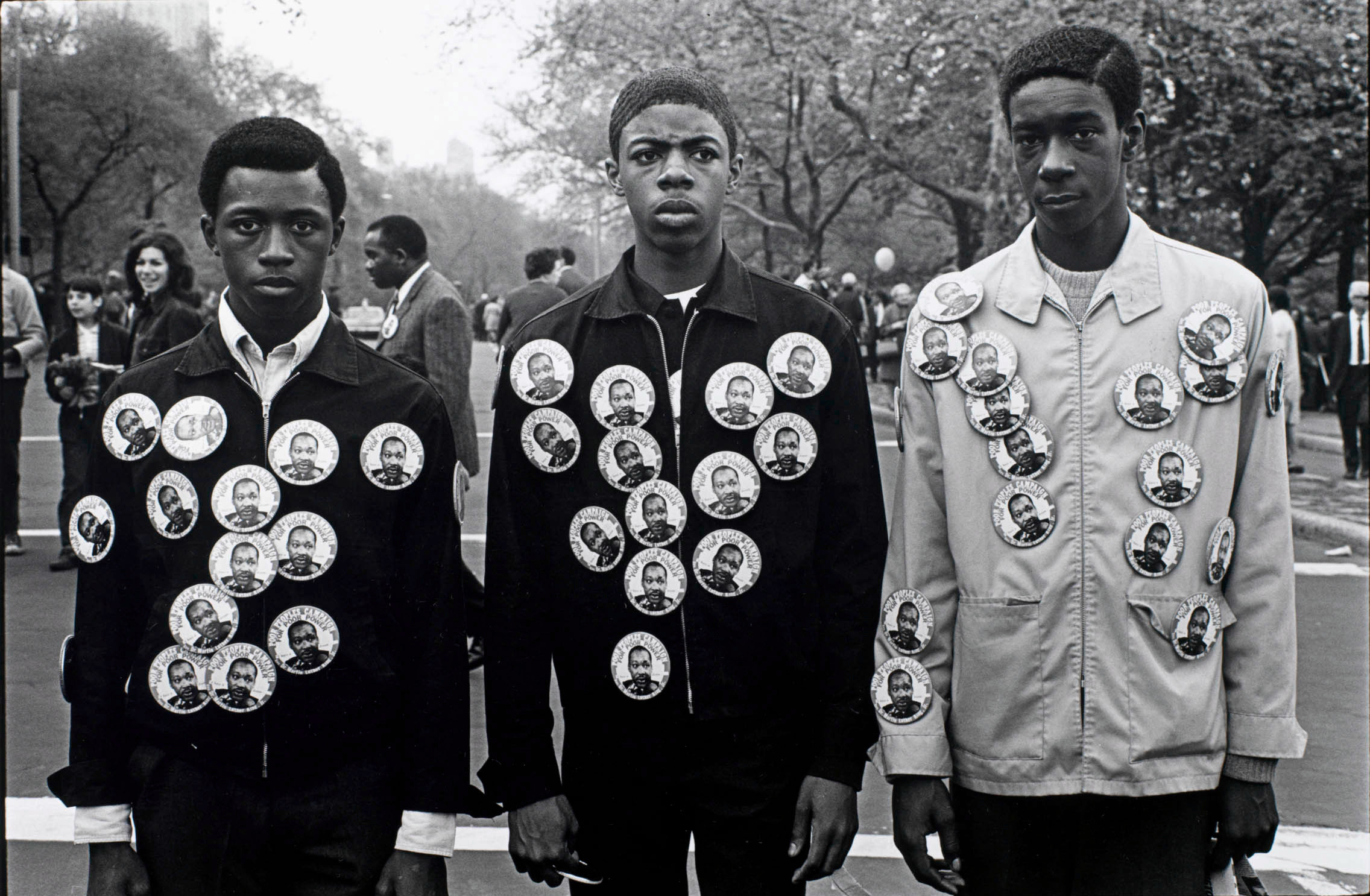
More Must-Reads from TIME
- How Donald Trump Won
- The Best Inventions of 2024
- Why Sleep Is the Key to Living Longer
- Robert Zemeckis Just Wants to Move You
- How to Break 8 Toxic Communication Habits
- Nicola Coughlan Bet on Herself—And Won
- Why Vinegar Is So Good for You
- Meet TIME's Newest Class of Next Generation Leaders
Write to Olivia B. Waxman at olivia.waxman@time.com